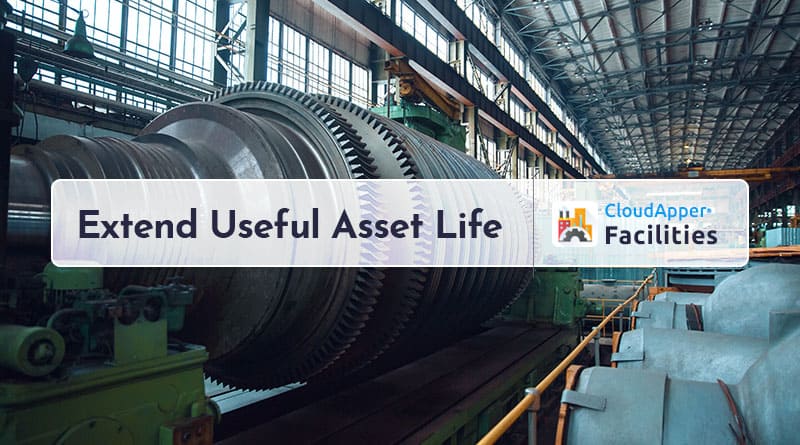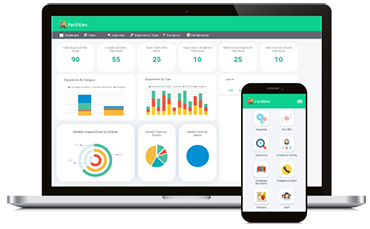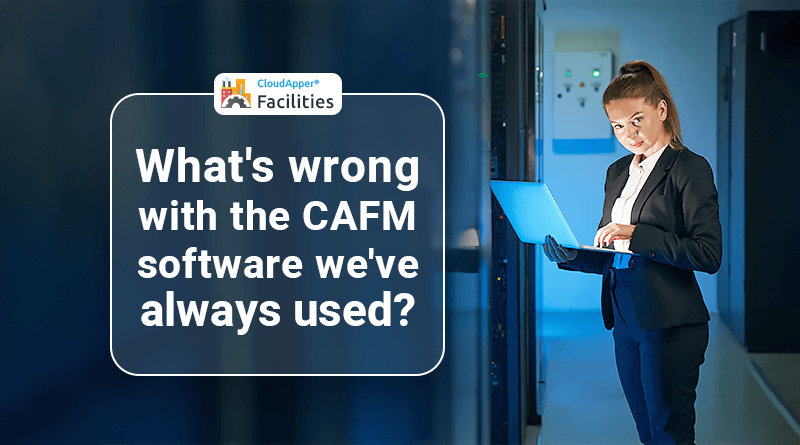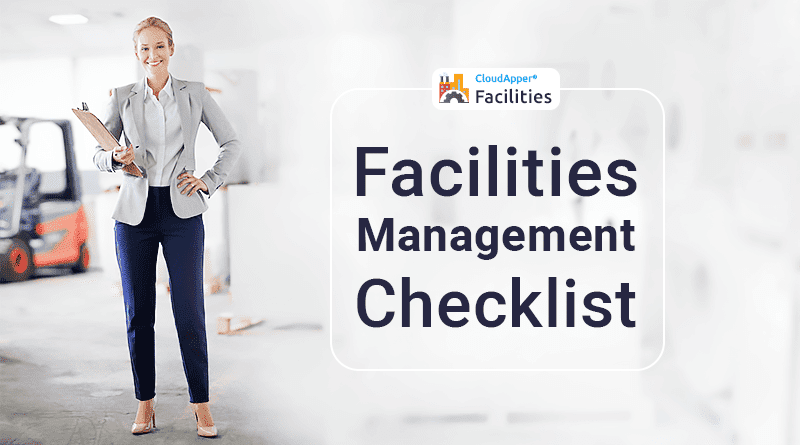Table of Contents
Fixed assets are the largest capital investment for a company and have a useful lifespan of five to ten years. A strong facility management routine focuses to extend useful asset life while minimizing downtime costs. This strategy is known as facility management, and it encompasses all aspects of a business’s critical assets.
But why is it important?
Organizations struggle with unplanned downtime and equipment failure if they do not have a proper facility management routine. Continuous asset breakdowns over time may indicate a failure to meet project deadlines. Millions of dollars are lost as a result of productivity, maintenance, and replacement fines.
A good facility management strategy can help extend useful asset life and perform better. The following are some of the main reasons why your company should implement a facility management routine:
Reliable audit trail: Fixed assets are intended to last for a long time. As a result, having a reliable audit trail is critical for security and compliance. Fixed asset records that are tracked allow you to log asset usage over time, which helps to eliminate malpractice. Furthermore, a solid facility management strategy allows you to keep track of every asset detail in order to keep your financial statements transparent and ensure compliance.
Accurate depreciation calculation: Depreciation is an important metric to keep an eye on. You won’t be able to calculate accurate depreciation rates if your system has incorrect asset history stored.
Centralized platform: You can share asset information across multiple locations with a fixed facility management system. This is especially beneficial for distribution companies with multiple warehouses and heavy equipment. All business associates can stay on track with depreciation and compliance policies by sharing core asset information.
How to implement a facility management strategy to improve productivity?
Facility management is the technique for maximizing return on investment and extend useful asset life. It is essential to invest in the appropriate tools in order to achieve high asset performance. You can achieve higher accuracy and efficient asset workflows with a cloud-based software solution.
Here are some simple guidelines for improving fixed asset longevity performance, as well as how tracking software can help.
Asset acquisition requirements
Comprehensive, accurate, and up-to-date asset data is essential for developing a facility management strategy. Up-to-date asset data enables informed decision-making about capacity, procurement, and disposal. Setting up a streamlined registration process is a simple way to keep asset information up to date.
Begin by making a list of the various types of assets that your company possesses. Make sure that registration is organized according to asset classification. For example, some fixed assets, such as buildings and rental properties, must be accounted for in a specific way due to complex maintenance guidelines. Assign relevant staff to oversee certain asset groups once the asset information is complete.
The first step toward a successful facility management strategy is to have reliable asset data. At all times, instant access to real-time data ensures accuracy and accountability.
Accurate asset valuation and depreciation measures
Over the years, fixed assets are subjected to wear and tear. Companies may also incur additional costs for the maintenance of fixed assets. For accurate asset valuation, all such expenses must be reflected in your accounts.
Asset expenditure, for example, can be listed as a value addition or as a new asset linked to an existing asset. Other costs, such as maintenance, are usually recorded as operating costs incurred as a result of work orders. Determining an appropriate asset depreciation method requires accurate asset valuation.
You can choose from a variety of depreciation methods. The method used, however, should be representative of the asset services provided and the nature of the business. It’s critical to review the method annually to incorporate the most recent useful asset life assessment for accurate depreciation calculations.
Regular maintenance sessions
Since fixed assets are expected to be in use for a long time, it is essential to ensure that they are properly maintained. Setting up maintenance should be simple if you use the right asset acquisition methods. To reduce asset downtime, the best strategy is to choose a preventive maintenance routine.
Laying down performance levels and the level of maintenance required for each item after you’ve sorted the fixed assets into groups. Following that, you’ll be able to plan the specific types of maintenance work that each asset requires, such as reactive, corrective, preventive, or condition-based maintenance.
You can then list the resources to contact for each service type, as well as whether any spare parts or additional equipment will be required. Maintenance costs can add up quickly, and they must be factored into a streamlined facility management strategy. Start at the beginning and compile an estimate of routine maintenance and major replacement costs for the next 5 to 10 years.
Count, track, and reconcile
Tracking growth and performance over time is an important part of effective facility management. It’s essential to define some Key Performance Indicators (KPIs) to track how assets change over time. You can track aging assets, costs, rate of return, and equipment failures depending on the metric you want to track.
Running a report on KPIs can give you valuable insight into asset utilization. From here, you can look into why a fixed asset isn’t performing as well as it should and try to replace or upgrade it. A quick fix can save you a lot of money and extend useful asset life.
Start taking periodic asset inventories to ensure that KPIs are always up to date. Set a date for stock updates on a monthly, quarterly, or annual basis to identify missing, broken, or relocated fixed assets. You can control asset utilization for a longer useful life if you have real-time information.
Make it a point to reconcile data for all of the asset information you’ve collected. To ensure that all original and depreciation costs are in line, the fixed asset register should be compared to the accounting records. Regular reconciliation also aids in the updating of any discrepancies, resulting in a more seamless facility management routine.
About CloudApper Facilities
CloudApper Facilities is a leading asset tracking software. It allows you to maintain, report and track inventory from any location and at any time. So, what are you waiting for? Contact us today!
What is CloudApper AI Platform?
CloudApper AI is an advanced platform that enables organizations to integrate AI into their existing enterprise systems effortlessly, without the need for technical expertise, costly development, or upgrading the underlying infrastructure. By transforming legacy systems into AI-capable solutions, CloudApper allows companies to harness the power of Generative AI quickly and efficiently. This approach has been successfully implemented with leading systems like UKG, Workday, Oracle, Paradox, Amazon AWS Bedrock and can be applied across various industries, helping businesses enhance productivity, automate processes, and gain deeper insights without the usual complexities. With CloudApper AI, you can start experiencing the transformative benefits of AI today. Learn More


















